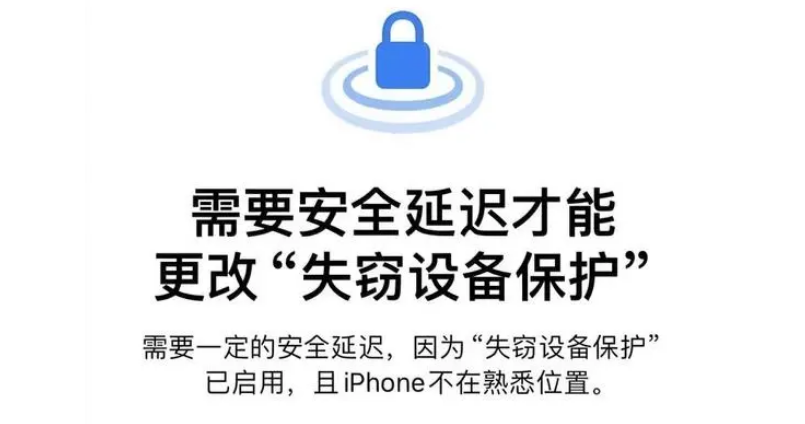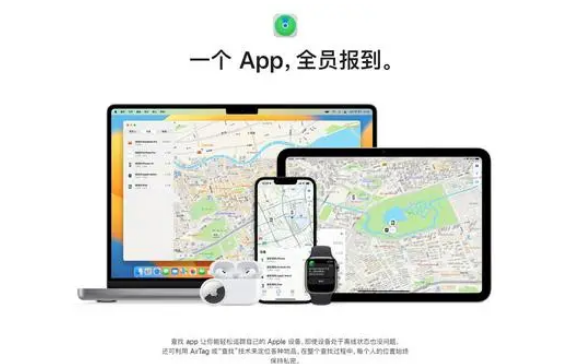Home >Mobile Tutorial >iPhone >Learn about the new features of iOS 17.3 - the main uses of stolen device protection features
Learn about the new features of iOS 17.3 - the main uses of stolen device protection features
- WBOYWBOYWBOYWBOYWBOYWBOYWBOYWBOYWBOYWBOYWBOYWBOYWBforward
- 2024-01-24 21:57:23968browse
Yesterday, Apple released the official version of iOS 17.3/iPadOS 17.3. In the update instructions, Apple focused on the stolen device protection function. What is Stolen Device Protection? What is the use of the stolen device protection feature in iOS 17.3?

The Stolen Device Protection feature in this update is different from the Device Finder feature in that it provides a protection measure that is used when a thief knows your password.
For example, when your iPhone leaves your usual place (such as home or work) and thieves try to access the passwords and credit card information stored on your phone in an unfamiliar environment, they need to biometrically identify it. Identification verification, such as Face ID or Touch ID, instead of using a password. This design is designed to protect your mobile phone and account information and prevent others from stealing it.
In addition, when performing key operations such as changing the Apple ID password, you need to wait for an hour and perform Face ID or Touch ID verification again.
If your iPhone is unfortunately stolen and the thief knows your various passwords, this feature can still help protect the security of your device and account, giving you time to mark the device as lost. But where you use your device regularly, you don't need to go through these extra steps and can just use a passcode to unlock it as usual.
It should be noted that this feature needs to be turned on before the device is lost or stolen. Stolen Device Protection improves the security of your iPhone and Apple ID, but it is limited in preventing information leakage.
First of all, if a thief already knows your lock screen password, a lot of your other information may already be at risk, especially if you don't use iCloud Keychain and choose to use other methods such as Notes to record passwords. This data can easily be accessed by thieves.
Secondly, when thieves have access to your lock screen password, they can also view the delivery address or address book address on your phone, and may even use these addresses to move around your home, giving you an opportunity Bypass these protective features. Additionally, these security measures may not be much of a deterrent to thieves who are only interested in device parts.
Therefore, the best defense method is still to back up device data using iCloud or Apple Data Full Backup. This way if the device is lost, Lost Mode can be enabled remotely and data wiped immediately.

Taken together, although the Stolen Device Protection feature provides an extra layer of security, it does not completely eliminate the risk of information leakage or device theft. This feature is more like a buffer. area, giving you enough time to initiate Lost Mode and clear information from the device after it is lost.
The above is the detailed content of Learn about the new features of iOS 17.3 - the main uses of stolen device protection features. For more information, please follow other related articles on the PHP Chinese website!
Related articles
See more- iOS17.3Beta2 was released, but it has been urgently withdrawn due to serious risk of device freezing!
- Is it recommended to upgrade to iOS17.3.3 for older models? How about the battery life and signal?
- iOS17.3/iPadOS17.3RC is released, significantly improving battery life and signal performance!
- What are the benefits of understanding the device loss prevention feature in iOS 17.3?

